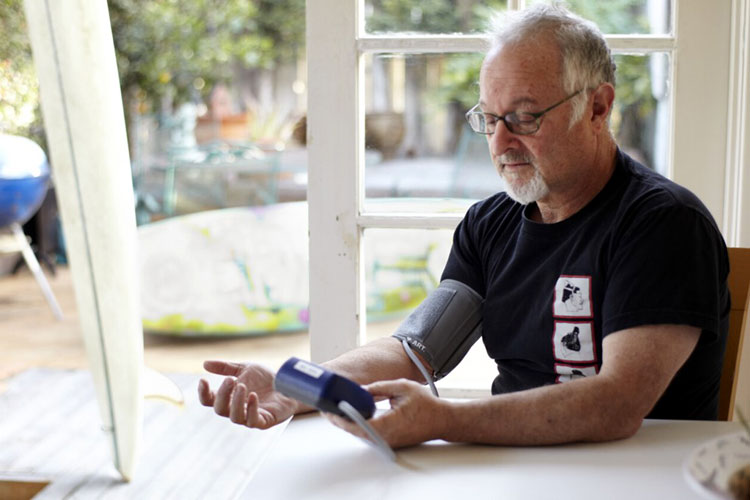Ericsson, Sony Network Communications Europe, and Telenor Connexion have joined hands and collaboratively developed smart IoT devices to enhance the real-time location and tracking solutions for different sectors. The main aim behind the development of the devices was to make it easy to connect people and things with an intelligent tracking and monitoring solutions. These cargo and IoT healthcare devices ensure to help patients tracking, increase mobility, and improve reliability and efficiency.
Ericsson’s IoT connectivity and device management platform provide enterprises with a unified solution to manage IoT operations of any scale using worldwide mobile network infrastructure. The Ericson IoT Accelerator ecosystem comprises of more than 35 service providers, spanning more than 100 countries. As of now, the service enables reliable, scalable, and secure connectivity management of IoT devices to more than 5000 enterprises globally. There are more than 50 million devices onboarded on to the platform including over 3 million eSIMs.
Sony Network Communications Europe is focusing on connectivity solutions and offers IoT cellular platforms like Visilion and mSafety providing cellular connectivity and wearable tracking devices. As per the head of the wearable platform department, Sony network with cellular technology maturing at a fast pace, there is going to be a positive impact on the future of mobile health services and the safety and welfare of end-users.
Sony’s Visilion platform is being used in the logistics and healthcare sectors where sensors can provide information about the real-time position of anything that is connected. Locating valuable hospital equipment with healthcare IoT tracking devices such as ECG machines and hospital beds, knowing where nursing staff and patients are in the hospital can definitely prove time-saving and help in improving resource allocation. The mSafety platform, on the other hand, comes with user-friendly wearables that can be used in the healthcare, wellness, or safety sector. Wearables can be used to monitor users and provide information about health data such as body temperature and heart rate, track location, and send alert notifications in case of an emergency.
It is anticipated that the number of IoT connections including NB-IoT and Cat-M technologies will be reach around 25 billion by the year 2025.











